Introduction to Mahakal Temple
The Mahakal Temple, also known as Mahakaleshwar Jyotirlinga, is a revered sanctuary dedicated to Lord Shiva, located in the ancient city of Ujjain in Madhya Pradesh, India. This temple stands as one of the twelve Jyotirlingas, which are considered the most sacred abodes of Lord Shiva. The historical and mythological significance of the Mahakal Temple draws millions of devotees and tourists from across the globe.
According to Hindu mythology, the Mahakal Temple has a profound connection with the legends and tales that surround Lord Shiva. It is believed that the temple’s origins date back to the pre-historic era, with references found in ancient texts and scriptures such as the Puranas. The reigning deity, Mahakaleshwar, is depicted in the form of a Shivalinga, which is said to be Swayambhu, or self-manifested, making it a unique and powerful symbol of divine energy.
One of the temple’s most distinctive features is its Bhasma Aarti, a ritual performed every morning where ashes are offered to Lord Shiva. This practice is symbolic of the cycle of life and death, resonating deeply with the philosophical essence of Shaivism. The architecture of the Mahakal Temple is equally captivating, blending intricate carvings with a serene ambiance that enhances the spiritual experience of its visitors.
Additionally, the Mahakal Temple’s location contributes to its spiritual aura. Ujjain, an ancient city with a storied past, is mentioned in various Hindu scriptures as a significant cultural and religious hub. The city is also renowned for hosting the Kumbh Mela, one of the largest religious gatherings in the world, emphasizing its importance within the Hindu faith.
For those seeking spiritual solace, historical intrigue, or a deeper understanding of Hinduism, the Mahakal Temple offers a compelling and enriching experience. Whether one is a devout follower or a curious traveler, the temple’s divine presence and rich heritage make it an essential destination.
Historical Significance
The Mahakal Temple, a revered place of worship dedicated to Lord Shiva, holds a profound place in India’s rich historical tapestry. Its origins trace back to ancient times, with the earliest mentions found in sacred texts such as the Puranas. These texts are replete with legends that speak of the temple’s divine inception, making it a cornerstone of Hindu spirituality.
According to popular legend, the Mahakal Temple was established after a divine intervention by Lord Shiva himself. It is said that during a period of immense chaos and suffering, Shiva manifested in the form of Mahakal to restore peace and order. This narrative not only underscores the temple’s spiritual significance but also its role as a beacon of hope and salvation for devotees.
Throughout the centuries, the Mahakal Temple has been an integral part of India’s cultural and spiritual landscape. It has witnessed the ebb and flow of various dynasties, each contributing to its development and preservation. The Gupta Empire, known for its patronage of arts and religion, played a crucial role in the early architectural advancements of the temple. Subsequent rulers, including the Paramaras and Marathas, further embellished the temple, adding layers of historical and architectural richness.
Notable historical figures have also left their mark on the Mahakal Temple. The Great Maratha ruler, Ranoji Scindia, is credited with significant renovations during the 18th century, ensuring the temple’s structural integrity and grandeur. Similarly, the contributions of Ahilyabai Holkar, a revered queen known for her piety and administrative acumen, are well-documented. She commissioned the construction of several ancillary structures, enhancing the temple’s overall sanctity and appeal.
Over the years, the Mahakal Temple has remained a vital spiritual hub, attracting millions of pilgrims from across the globe. Its historical significance, intertwined with legends and cultural heritage, continues to inspire awe and reverence, cementing its status as a sacred abode of Lord Shiva.
Architectural Marvels
The Mahakal Temple, an epitome of divine architecture, stands as a testament to India’s rich cultural heritage and spiritual devotion. The temple’s architecture is a harmonious blend of various styles, reflecting the diverse historical periods it has witnessed. The intricate carvings adorning the temple walls are a visual feast, displaying the remarkable craftsmanship of ancient artisans. These carvings depict scenes from Hindu mythology, intricate floral patterns, and geometric designs, each telling a story of its own.
The layout of the Mahakal Temple complex is meticulously planned, ensuring a seamless flow for devotees and visitors. The temple is designed in a traditional North Indian style, characterized by its towering Shikhara, or spire, which reaches towards the heavens, symbolizing the connection between the terrestrial and the divine. The sanctum sanctorum, the innermost and most sacred part of the temple, houses the revered idol of Lord Shiva. This area is designed to create an atmosphere of tranquility and reverence, allowing devotees to connect deeply with their spiritual beliefs.
The materials used in the construction of the Mahakal Temple are equally noteworthy. The temple is primarily built from locally sourced stone, which adds to its durability and timeless appeal. Over the centuries, the temple has undergone several renovations and restorations to preserve its grandeur and structural integrity. These efforts have been crucial in maintaining the temple’s historical and cultural significance, ensuring that it continues to inspire awe and devotion among visitors.
Distinctive features of the Mahakal Temple also include its magnificent gateways, or Gopurams, and the beautifully carved pillars that support the structure. Each element of the temple’s architecture is a reflection of the skill and devotion of those who built and maintained it. The Mahakal Temple, with its stunning architecture and sacred ambiance, stands as a majestic abode for Lord Shiva, drawing countless devotees and admirers from around the world.
Rituals and Worship Practices
The Mahakal Temple, a revered sanctuary dedicated to Lord Shiva, is renowned for its intricate rituals and devout worship practices that draw countless devotees daily. Each day at the temple begins with a series of structured ceremonies, wherein priests conduct elaborate rites with an unwavering adherence to age-old traditions. These rituals commence with the Nitya Puja, where the deity is bathed, adorned with sacred garments, and offered a variety of prasad. The resonance of Vedic chants and the aroma of incense create an atmosphere steeped in spiritual sanctity.
A hallmark of the Mahakal Temple’s worship practices is the Bhasma Aarti, a unique and highly revered ritual. Performed at the break of dawn, this ceremony involves offering sacred ash, or bhasma, to Lord Shiva. The ash, symbolizing the eternal cycle of creation and destruction, is sourced from cremation grounds, underscoring the transient nature of life. Devotees witness this profound event with deep reverence, as it embodies the essence of Lord Shiva’s cosmic power and benevolence. The Bhasma Aarti, with its intricate and symbolic execution, stands as a testament to the temple’s spiritual legacy.
In addition to daily rituals, the Mahakal Temple is a focal point of grand celebrations during the Maha Shivaratri festival. This auspicious occasion, dedicated to the worship of Lord Shiva, sees the temple adorned with flowers and lights, creating a mesmerizing spectacle. Devotees from all corners of the world converge at the temple to participate in night-long vigils, special bhajans, and elaborate pujas. These practices are believed to cleanse the soul and bring one closer to divine grace.
Participation in the Mahakal Temple’s ceremonies offers devotees a profound spiritual experience, fostering a deep connection with the divine. Whether through the solemnity of the Bhasma Aarti or the fervor of Maha Shivaratri, each ritual at the temple is a journey towards inner tranquility and spiritual enlightenment. Visitors and worshippers alike are encouraged to immerse themselves in these sacred practices, gaining not only blessings but also an enriched understanding of Lord Shiva’s eternal presence.
Mythological Legends
The Mahakal Temple, revered as one of the twelve Jyotirlingas, is steeped in profound mythological legends that underscore its sacredness. According to Hindu mythology, the temple stands on the site where Lord Shiva, in his fierce form as Mahakaleshwar, manifested to vanquish the demonic forces threatening the region. This divine intervention is a pivotal tale that not only highlights Shiva’s protective nature but also immortalizes the temple as a beacon of spiritual power.
Local lore entwines these legends with vivid narratives of Lord Shiva’s appearances. One such story recounts the miraculous event when the ruler of Ujjain, King Chandrasena, was saved from an impending attack by invaders through Shiva’s divine grace. It is believed that the king’s unwavering devotion moved the deity, who then emerged from the ground to protect his devotee, establishing the Mahakal Temple on that very spot.
Another riveting legend speaks of a devout boy named Shrikar, whose relentless worship and prayers invoked Lord Shiva’s presence. Inspired by Shrikar’s dedication, Shiva manifested as a blazing column of light, now honored as the Jyotirlinga in the Mahakal Temple. This tale illustrates the power of devotion and the deity’s benevolent response to his followers’ faith.
Furthermore, it is said that the Mahakal Temple houses a unique lingam, which is believed to be the only Dakshinmukhi (south-facing) Jyotirlinga among the twelve, symbolizing Shiva’s unparalleled omnipotence. This distinctive feature amplifies the temple’s prominence in Hindu religious traditions.
These mythological tales are intricately woven into the fabric of local customs and rituals, enriching the temple’s spiritual ambiance. Every year, devotees flock to the Mahakal Temple, participating in grand festivities that celebrate these legends and reinforce the temple’s status as a divine abode of Lord Shiva. Through these stories, the Mahakal Temple continues to shine as a testament to the enduring legacy and miraculous power of Lord Shiva.
Pilgrimage and Spiritual Journey
The Mahakal Temple, dedicated to Lord Shiva, stands as a beacon of spiritual significance, drawing countless pilgrims annually. For those planning a visit, timing plays a crucial role. The temple’s most auspicious periods are during the Maha Shivaratri festival and the holy month of Sawan, typically falling between July and August. During these times, the atmosphere is charged with heightened devotion, rituals, and celebrations, providing a deeply enriching spiritual experience.
Accommodation options near the Mahakal Temple cater to varied preferences and budgets. Pilgrims can choose from a range of hotels, guesthouses, and dharamshalas, many of which are within walking distance of the shrine. It’s advisable to book accommodations in advance, especially during peak seasons, to ensure a comfortable stay.
Beyond the temple, several nearby attractions offer additional spiritual and cultural insights. The Kal Bhairav Temple, Harsiddhi Temple, and Ram Ghat on the Kshipra River are significant sites that add depth to the pilgrim’s journey, enriching their quest for moksha—liberation from the cycle of rebirth. The sacred river Kshipra, believed to cleanse sins, is another highlight, where devotees perform rituals and take purifying dips.
The spiritual journey to the Mahakal Temple is a profound experience characterized by collective devotion and a sense of community among pilgrims. As devotees gather from various parts of the world, the shared purpose and reverence foster a unique bond, transforming the temple premises into a melting pot of spiritual energy. This communal atmosphere underscores the temple’s role as not just a place of worship but a pivotal point in the spiritual journey of seeking inner peace and ultimate liberation.
In essence, the pilgrimage to the Mahakal Temple is more than a mere visit; it is an immersive spiritual journey that offers solace, community, and a deeper connection with the divine. Whether you seek spiritual fulfillment or cultural enrichment, a visit to this sacred abode promises to be a transformative experience.
Festivals and Celebrations
The Mahakal Temple, a revered shrine dedicated to Lord Shiva, is a focal point for numerous festivals and celebrations throughout the year. These events draw devotees from across the country, creating a vibrant atmosphere filled with spiritual fervor and cultural richness. Among these festivals, Maha Shivaratri stands out as the most significant and grandly celebrated occasion at the temple.
Maha Shivaratri, which translates to the “Great Night of Shiva,” occurs annually in the Hindu month of Phalguna (February-March). This festival marks the union of Shiva and Shakti, symbolizing the convergence of divine energies. On this auspicious night, the Mahakal Temple becomes a beacon of devotion and spirituality. Thousands of devotees throng the temple premises, engaging in an all-night vigil, chanting hymns, and offering prayers to Lord Shiva.
The celebrations commence with a grand procession, known as the “Shiv Barat,” where a beautifully decorated palanquin carrying the idol of Lord Shiva is paraded through the city streets. This procession is accompanied by traditional music, dance performances, and cultural displays that reflect the rich heritage of the region. Devotees participate with great enthusiasm, singing bhajans (devotional songs) and dancing, creating an electrifying yet serene ambiance.
In addition to Maha Shivaratri, other festivals like Navratri, Kartik Purnima, and the annual Sawari also hold significant importance at the Mahakal Temple. Each of these festivals brings its own unique set of rituals, processions, and cultural activities, contributing to the temple’s vibrant calendar of events. These celebrations are not just religious observances but also serve as a means to strengthen community bonds and preserve cultural traditions.
The impact of these festivals on the local community is profound. They provide an opportunity for social cohesion, economic activity, and cultural exchange. Local artisans, vendors, and performers find a platform to showcase their talents and products, thereby boosting the local economy. The influx of pilgrims during these festivals also fosters a sense of unity and shared devotion, reinforcing the temple’s role as a cornerstone of spiritual and communal life.
Impact and Influence
The Mahakal Temple, often revered as one of the most significant shrines dedicated to Lord Shiva, has a profound impact on Indian culture and spirituality. The temple not only serves as a pivotal center for religious activities but also plays a crucial role in promoting religious tourism. Each year, the Mahakal Temple attracts millions of pilgrims and tourists from across the globe, contributing substantially to the local economy. The influx of visitors necessitates extensive infrastructure development, leading to increased business opportunities for local vendors, artisans, and service providers.
Beyond its economic contributions, the Mahakal Temple’s influence permeates Indian art, literature, and music. The temple’s rich mythology and ancient traditions have been a source of inspiration for numerous literary works, from devotional poetry to classical epics. Indian art, particularly the sculptures and paintings depicting Lord Shiva in his Mahakal form, often find their roots in the temple’s iconography. This artistic heritage underscores the temple’s role in preserving and propagating the cultural ethos associated with Lord Shiva.
In the realm of music, the Mahakal Temple has inspired a diverse range of devotional compositions. Bhajans and kirtans sung in praise of Lord Shiva during temple rituals have become an integral part of Indian devotional music, resonating with devotees far beyond the temple precincts. These musical traditions not only enhance the spiritual experience of worshippers but also help in the preservation and dissemination of cultural practices associated with the temple.
The Mahakal Temple continues to inspire millions of devotees worldwide, fostering a sense of unity and spiritual devotion. Its significance in contemporary Hindu worship is unwavering, with rituals and festivals at the temple drawing immense participation. The temple’s enduring legacy as a divine abode of Lord Shiva exemplifies its profound influence on individual lives, guiding countless devotees on their spiritual journeys. Through its sustained impact on various facets of culture and economy, the Mahakal Temple remains a beacon of spiritual and cultural enrichment.


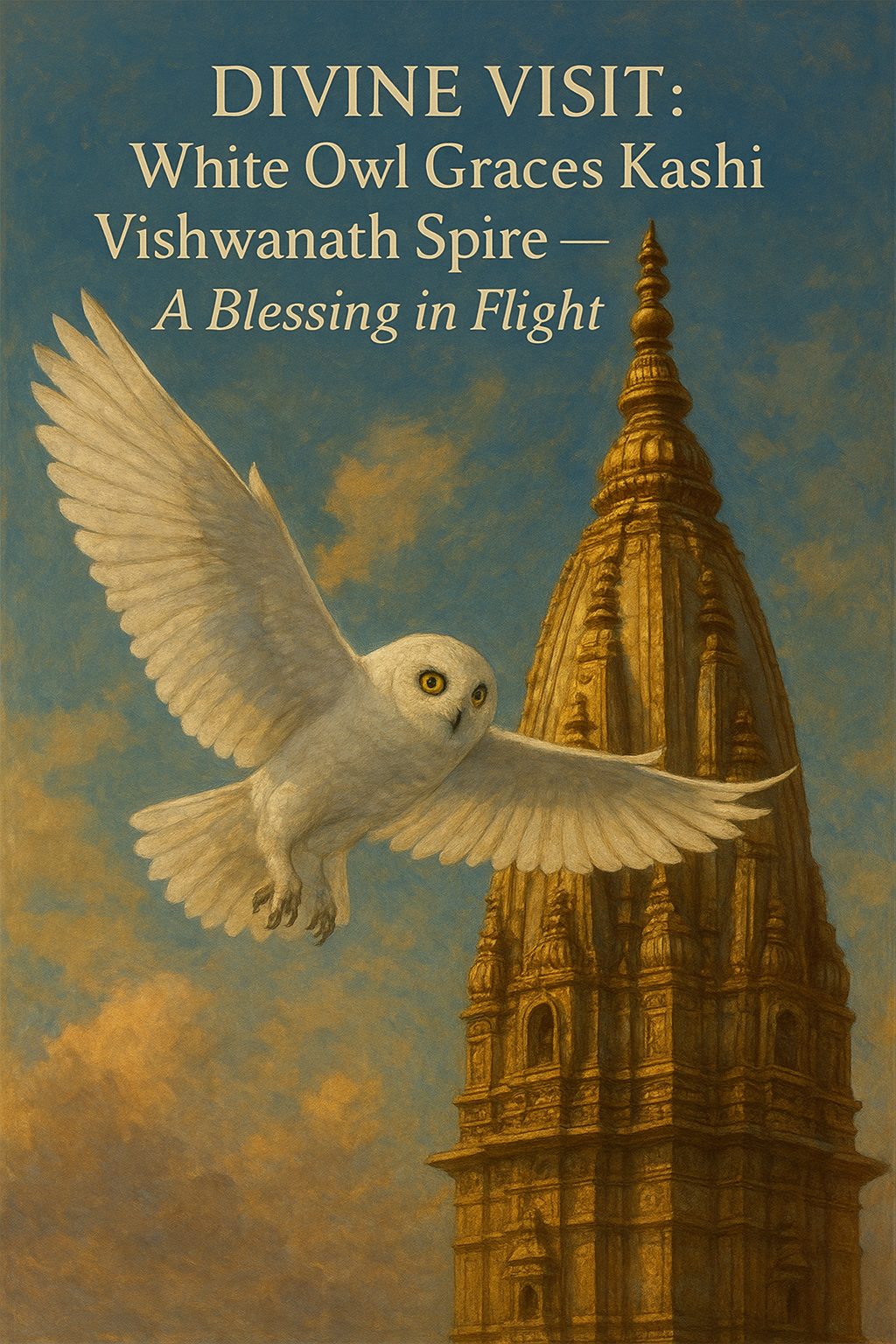

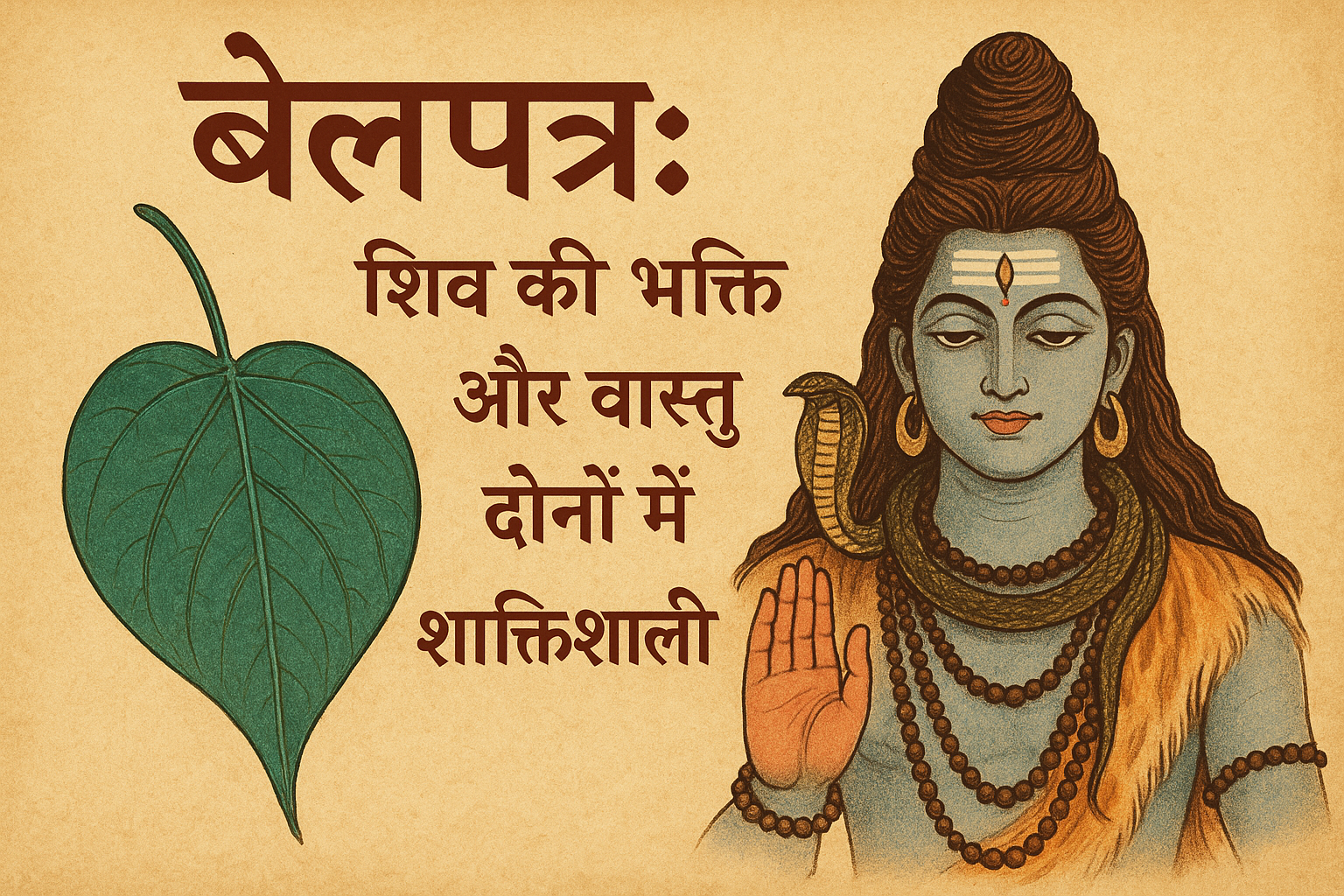


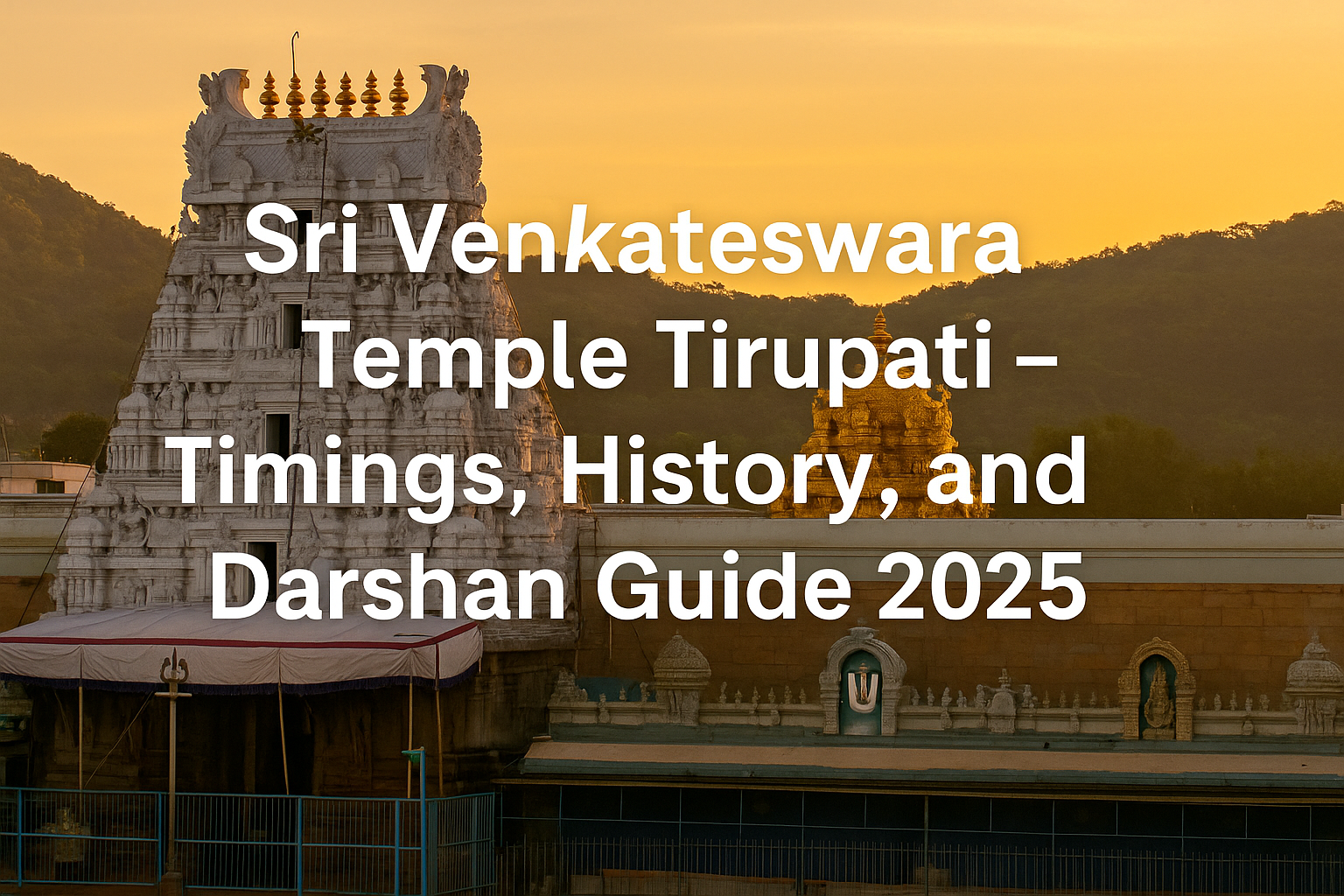
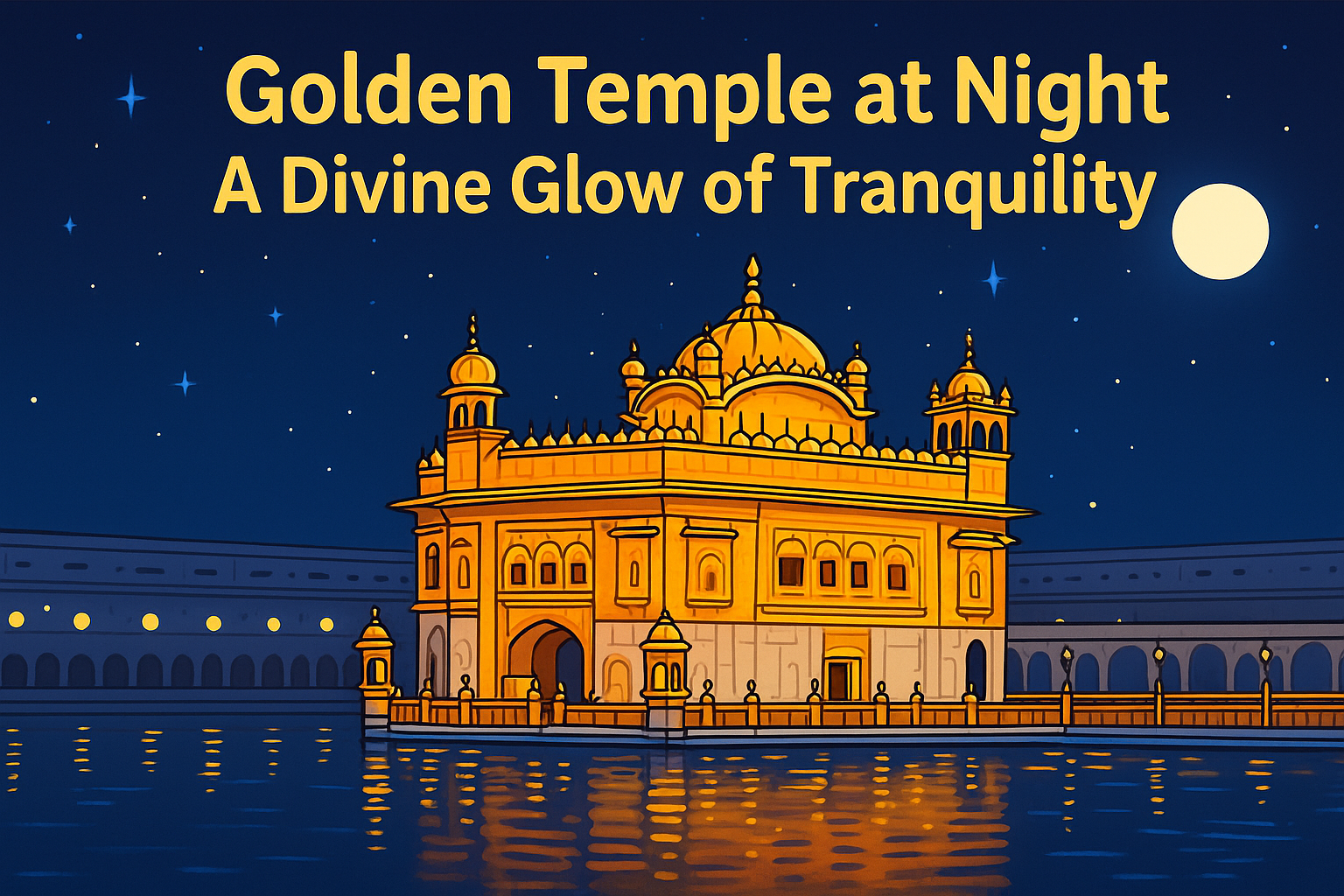




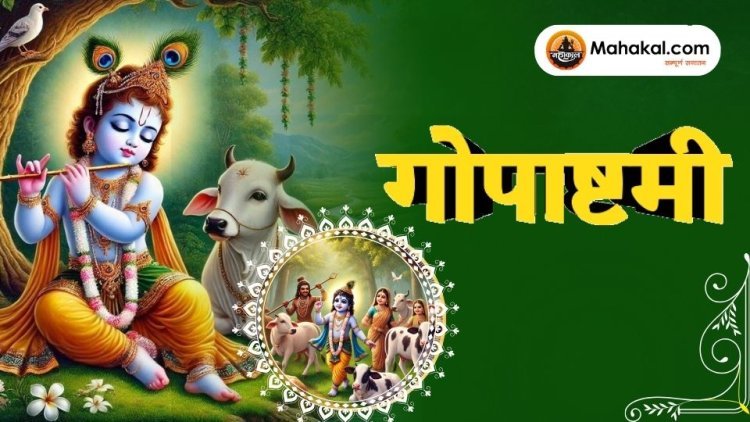
Leave a Reply